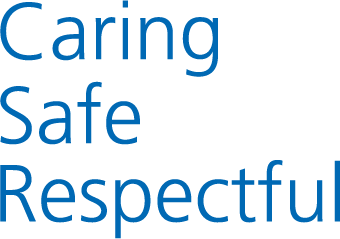Nystagmus is an involuntary and repetitive eye movement. It is usually seen in both eyes, but can be seen in one eye alone.
What does nystagmus look like?
Nystagmus looks like the eyes are flickering and the movements can vary in speed and direction. They can move up and down, side to side or in a rotating fashion. Nystagmus may even look different depending on which direction you look in.
How will nystagmus affect my eyes?
Nystagmus can cause reduced vision but some people can see well. It may affect your balance or you may need longer for tasks.
What causes nystagmus?
There are different types of nystagmus and these can be caused by a problem with the eye or with the visual pathway, from the eyes to the brain.
How do you treat nystagmus?
Nystagmus cannot be treated, but we can help manage your symptoms and maximise your vision’s potential.
These treatments may include glasses, contact lenses, tinted lenses, prisms and adapting your head position to reduce the nystagmus. Other treatments such as pharmaceuticals, botulinum toxin or even surgery may be offered by your Ophthalmologist in very particular cases.
Your Ophthalmologist may consider you for registration of visual impairment if you meet the criteria.
What happens after referral?
Once you have been referred into the hospital eye service, you will remain under the care of the Eye team.
Your child will be assessed by the orthoptist to monitor their level of vision, assessment of the eye alignment and eye movements. This includes recording your child’s nystagmus movements.
The optometrist may see your child to assess the need for glasses, or change in glasses prescriptions.
The ophthalmologist will assess the health of the eyes, and may refer your child for further investigations if required.
Where can you find more information?
Further information and support regarding nystagmus can be found from the charity Nystagmus Network.



